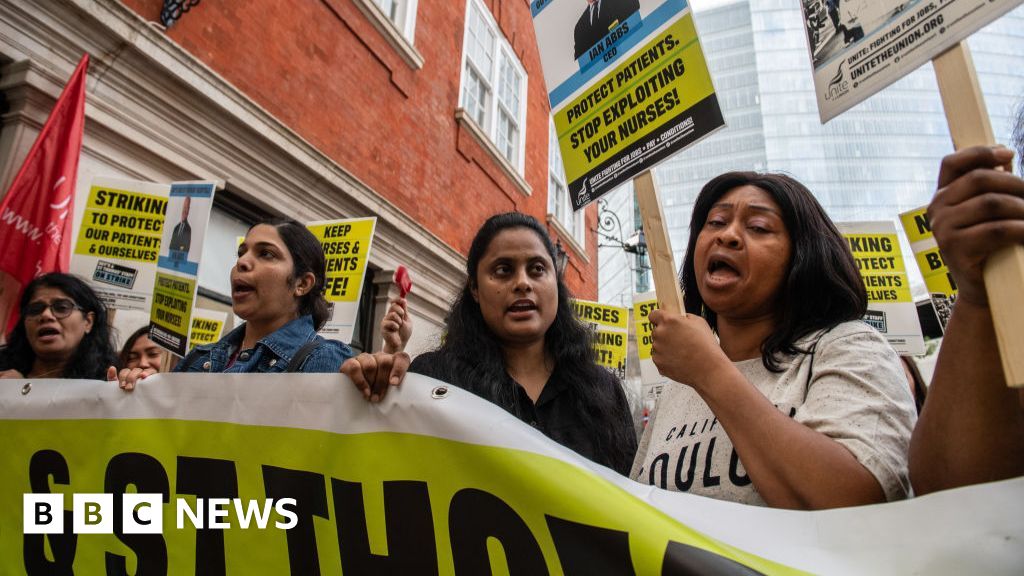fromFast Company
1 day agoScrubs brand Figs launches nonprofit to help 'awesome human' healthcare workers thrive
To Trina Spear, cofounder and CEO of medical apparel brand Figs, change for the healthcare industry has to start with a focus on healthcare workers. "We believe if you serve the provider, they will be able to better serve the patient," she says. "And that drives better outcomes. That drives a better healthcare system." As part of that focus, Figs gave away hundreds of thousands of scrubs, organized healthcare worker retreats, and donated some $510,000 to healthcare nonprofits in 2024 alone.
Healthcare




